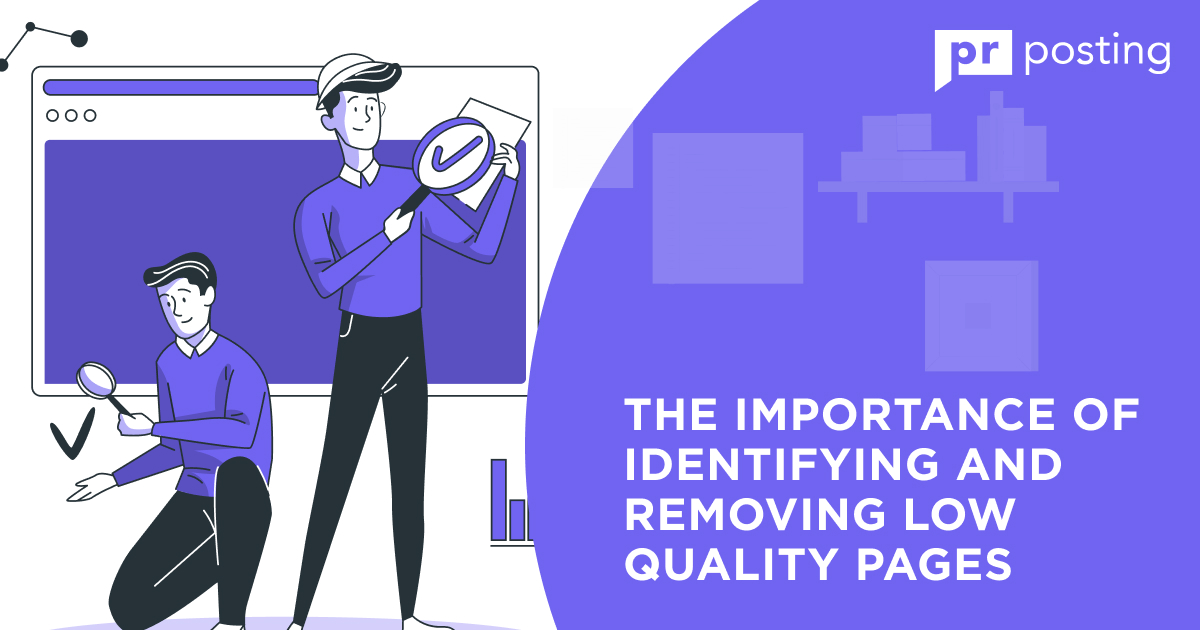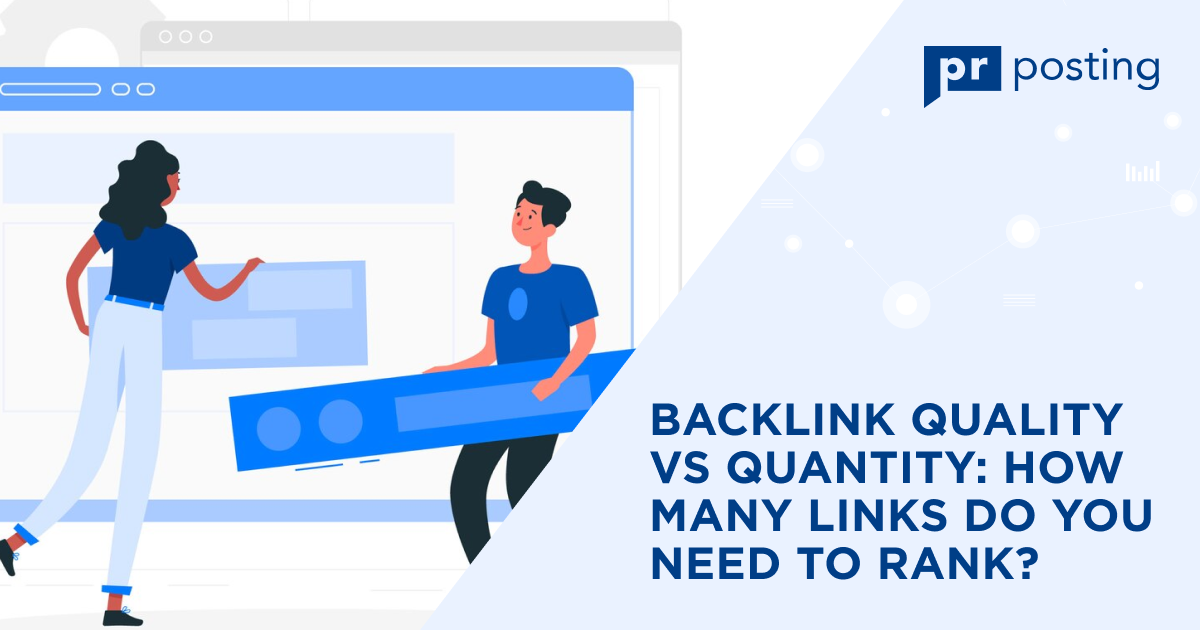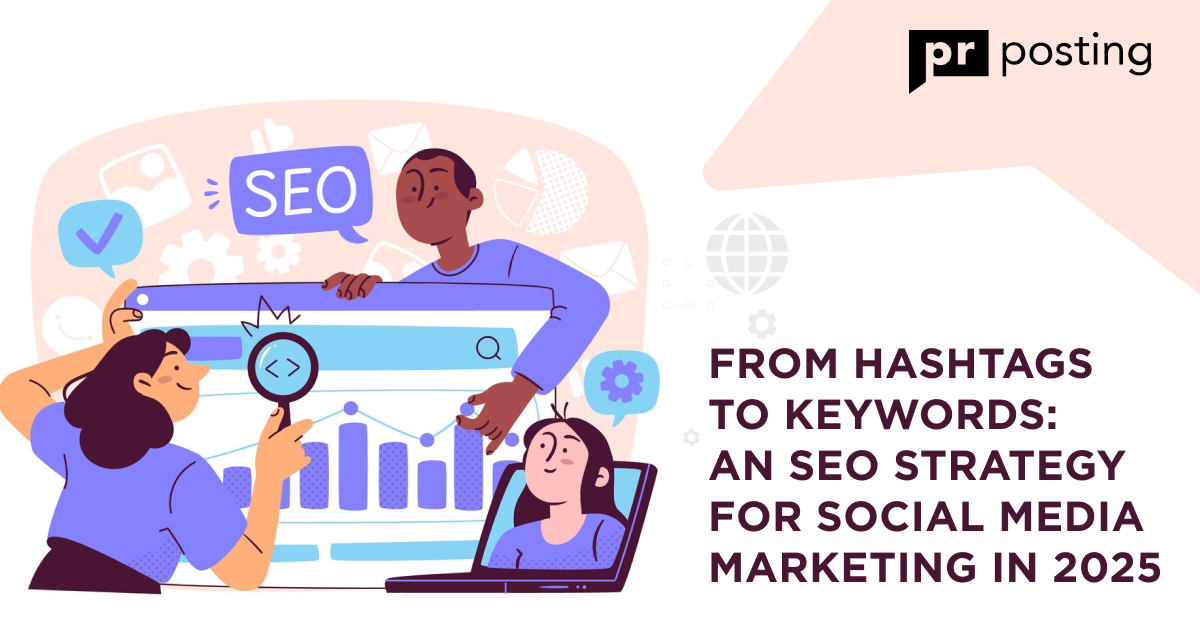The Importance of Identifying and Removing Low Quality Pages

Identify low quality pages to enhance rankings, improve engagement, and provide a better user experience. These pages often harm site visibility and traffic growth.
Low-quality pages negatively affect search performance by:
- Reducing your domain authority;
- Boosting bounce rates;
- Lowering user trust and engagement.
Removing or updating these pages can improve SEO results. A high-quality site:
- Ranks advanced in search results;
- Attracts more relevant traffic;
- Increases user satisfaction;
- Enhances the overall credibility of content.
Types of Low-quality Pages:
- Thin Content Pages (pages with irrelevant content). Thin content offers low value. These pages often lack depth, detail, or freshness.
- Outdated or Irrelevant Content. Information that is out of date reduces content utility. Such pages harm trust and authority.
- Duplicate or Automatically Generated Content. Automated or copied pages add no uniqueness. They reduce your site’s ranking potential.
Characteristics of Low-quality Pages
What Is Thin Content?
Thin content does not satisfy user demands. It lacks practicable or unique information and does not deliver concise answers.
Enhancing content boosts rankings and enriches user satisfaction. Focus on well-researched information, concise language, and clear formatting to keep the reader engaged. Combine insights from internal linking SEO best practices and optimize navigation for seamless user journeys. Faster loading times and mobile-friendly design elevate your site’s performance. Continuous improvement is essential for long-term SEO success.
Indicators of Low-quality Pages
- High bounce rates. Users leave quickly without interaction.
- Low time on page. Visitors spend a minimum of time reading.
- Minimum user engagement. Low number of clicks, shares, or comments.
- Low-quality pages mostly have poor content quality scores.
Regular audits using a content audit checklist help identify underperforming pages. Detection and fixing thin content protects your rankings. A successful audit template helps you elevate your pages. Use analytics tools to measure user metrics and highlight weaknesses. Optimize for user experience by perfecting readability and relevance. Use thin content checkers to improve content quality.
How to Identify Low-quality Pages
Accurate evaluation is essential for identifying low-quality pages, which degrade SEO performance and user experience. Thin content, high bounce rates, and low engagement are common indicators. Failure to address these issues will reduce your site’s authority and visibility. Here are crucial steps to recognize and address similar pages effectively.
Analyzing Website Traffic and Bounce Rates
Understanding traffic behaviour is critical. Use Google Analytics to track page performance.
- Identify pages with the top bounce rates;
- Keep track of the average session duration;
- Highlight pages with low conversion rates.
High bounce rates often indicate irrelevant or poorly structured content. To get a better understanding, compare bounce rates on comparable pages to look for patterns. Underperforming pages may have weak calls to action or unrelated keywords.
Checking User Engagement Metrics
User engagement shows how visitors interact with your site. Analyze metrics to measure user engagement:
- Dwell time (how long users stay on a page);
- Pages per session (the number of pages visited);
- Click-through rates for internal links.
Poor engagement metrics indicate weak content or navigation issues. However, if users quickly bounce, the content may lack clarity or value. Make sure your headings are descriptive, and the content aligns with the user’s intent.
Conducting a Content Audit
A content audit checklist helps identify content gaps and outdated information:
- List all site pages of the site;
- Assess each page for relevance, uniqueness, and depth;
- Identify content that lacks depth or originality to reveal underperforming pages;
- Prioritize pages with high implicit traffic or strategic importance;
- Mark duplicate content for links.
Using Google Analytics and Search Console
Combine Google Analytics and Google Search Console for deeper insights:
- Track pages with low impressions and clicks;
- Identify search queries leading to low-performing pages;
- Evaluate index content reports for crawl errors.
These tools highlight specialized and content-related deficiencies. Check for broken links or slow-loading pages that affect user satisfaction and rankings.
Third-Party SEO Tools
Comprehensive tools make it easy to evaluate content. Use a thin content checker to identify insufficiently detailed pages:
- SEMrush Content Analyzer for content scores;
- Ahrefs Site Audit for keyword coverage;
- Screaming Frog for in-depth page analysis.
SEO tools automate the detection of weak points, saving time and resources. They also suggest practicable improvements grounded on content quality standards.
Methodical evaluation ensures quality control. Identify and upgrade low-quality pages to boost rankings and user satisfaction. Regular content audits, combined with strategic improvements, maintain high standards and better performance. A forward-looking approach protects your SEO investment and enhances user trust.
How to Fix Low-quality Content
Low-quality content affects your rankings and user trust. Address these pages to improve performance and engagement. Search engines prioritize valuable content, so enhancing weak pages is essential. Below, we have outlined proven methods to boost your content’s value and usability.
Update the Content
Updating content boosts relevance and SEO effectiveness. How to improve content quality:
- Add updated data and applicable statistics;
- Expand sections with detailed insights or case studies;
- Include engaging visuals, internal links, and authoritative references.
Enhanced content keeps users engaged and signals quality to search engines. Frequent updates also improve content freshness scores.
Redirect to Another Page
Sometimes, consolidation strengthens content. Use a 301 redirect to direct users to a better resource:
- Merge pages with overlapping topics to avoid redundancy;
- Redirect outdated pages to comprehensive, continually updated content;
- Redirecting prevents identical content and increases the value of links. Ensure the landing page is highly applicable to maintain user intent.
Use a Noindex Tag
Prevent low-value content from appearing in search results by applying a noindex tag:
- Use for pages with minimum SEO value, similar to Thank You pages;
- Apply to duplicate or thin content that does not require optimization.
This technique tells search engines that certain pages should be indexed by removing them from the site.
Remove or Improve Low-quality Pages
Decide whether to delete or optimize content after reviewing a content audit checklist. Prioritize significant changes:
- Remove inapplicable or outdated content that has no value;
- Redirect remote pages if they have backlinks or traffic;
- Improve weak content by adding depth, clarity, and new relevant keywords.
This process helps focus your website on strong, usable content that aligns with user requirements.
Redirecting Irrelative or Outdated Content
Redirecting keeps your website organized and user-friendly.
Follow these best practices:
- Use permanent redirects (301) for expired products or outdated blogs;
- Direct users to closely related or advanced pages;
- Proper redirection keeps traffic flowing, preserves link mass, and improves user experience;
- Avoid redirect chains, as they slow down loading times.
User-Friendly Content Enhancements:
- Make content easier to read and more engaging.
- Use short paragraphs and bullet points for easy reading.
- Include descriptive, keyword-rich headings.
- Optimize your images to reduce file size and increase page loading speed.
Focus on clarity, readability, and mobile-friendly content. Fast, accessible pages with compelling graphics and clear navigation enhance user experience.
Apply these strategies to fix low-quality pages. Regular updates, strategic redirects, and better engagement practices build trust, drive traffic, and boost rankings. Harmonious optimization is crucial to achieving a high content quality score.
Reviewing Page Quality
Consistent page evaluation ensures that your website remains usable and competitive. However, identifying weak content is just the beginning. Constant re-evaluation keeps quality at a high level. Moreover, keeping the content fresh and valuable boosts engagement and improves SEO performance. So, here are vital strategies to sustain strong content quality and site performance.
Regular Content Audits
The content audit template makes the review process easy. Frequent audits identify gaps, outdated material, and weak content:
- Create a complete set of all site pages;
- Use metrics to assess the ongoing quality and usability of the content;
- Prioritize updates for high-traffic or strategic pages.
Conducting thorough checkups helps you identify low-quality pages and content that no longer meet current user needs. Periodic audits ensure your content remains usable and aligns with user intent. Fixing weak spots prevents performance decline and improves user satisfaction.
Monitoring User Metrics
User engagement metrics reveal how effective your content is. Track essential indicators to measure improvements:
- Dwell time ― duration of user visits;
- Pages per session ― the number of pages viewed;
- Bounce rate ― how quickly users leave.
Monitoring these engagement metrics shows whether content updates are successful. Improved engagement boosts your content quality score and enhances search rankings. Reviewing this data regularly helps you refine content strategies to achieve better results.
Staying Updated with SEO Best Practices
SEO is constantly evolving. Adaptation ensures your strategies remain effective:
- Monitor algorithm fluctuations and major Google updates.
- Incorporate the latest on-page optimization techniques.
- Use emerging tools and tactics to enhance visibility.
Staying on top of best practices keeps your site competitive and ranked according to search engine guidelines. Frequent optimization reduces the risk of penalties and maintains high rankings.
Analyzing Traffic Sources
Understanding traffic sources helps you refine your content strategy. Use analytics tools to break down your data:
- Identify top-performing referral sites;
- Analyze organic and direct traffic patterns;
- Assess the impact of social media campaigns.
Optimizing for dominant traffic channels maximizes the reach of your content. Focus on attracting quality visitors and converting traffic into meaningful relations. Regularly analyzing your traffic sources also helps you reveal new growth opportunities.
Conclusion
Consistent content evaluation is critical for continued success. Periodical content audits, performance monitoring, and adaptive strategies improve SEO and user experience. Maintain a high content quality score by continuously updating content, tracking metrics, and optimizing for changing trends. Invest time in thoughtful content creation to boost rankings and provide value to your audience.
FAQs
What are the main components of quality content?
Relevance, originality, readability, and a high content quality score.
Prioritize user intent to enhance engagement and upgrade content quality.
What is user engagement in Google Analytics?
They are metrics measuring user interaction, such as bounce rate, session time, and clicks. These metrics help you check your site performance and content effectiveness.
How to do a website content audit?
Use a content audit checklist or template to identify low-quality pages.
Regular checkups boost content relevance and maintain the effectiveness of your SEO.
What is thin content in SEO?
Low-value pages were detected using a thin content checker tool. Thin content lacks depth and fails to meet search intent.
How to make a website mobile-friendly?
Optimize the speed, layout, and readability of your content for mobile devices. Fast, responsive designs improve user experience across all devices.
How to increase page load speed?
Minimize file sizes, optimize images, and enable browser caching. Use a content delivery network (CDN) and reduce server response times.
What is internal linking?
Link pages strategically improve internal linking SEO. Internal links improve navigation and distribute link value.
What are SEO best practices to use now?
Improve content quality, increase page loading speed, and link effectively. Keep an eye on evolving algorithms and prioritize user-centric strategies.




